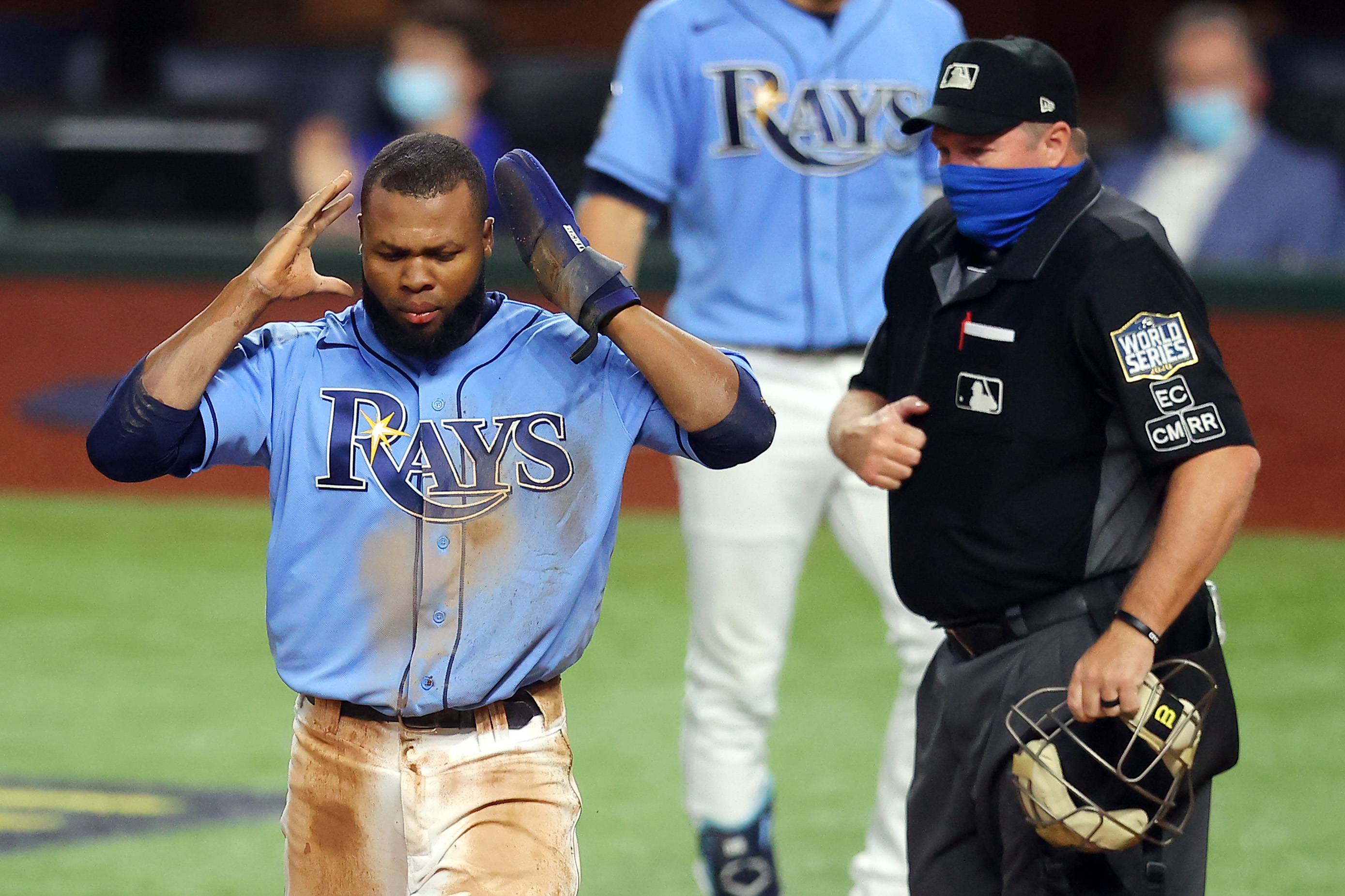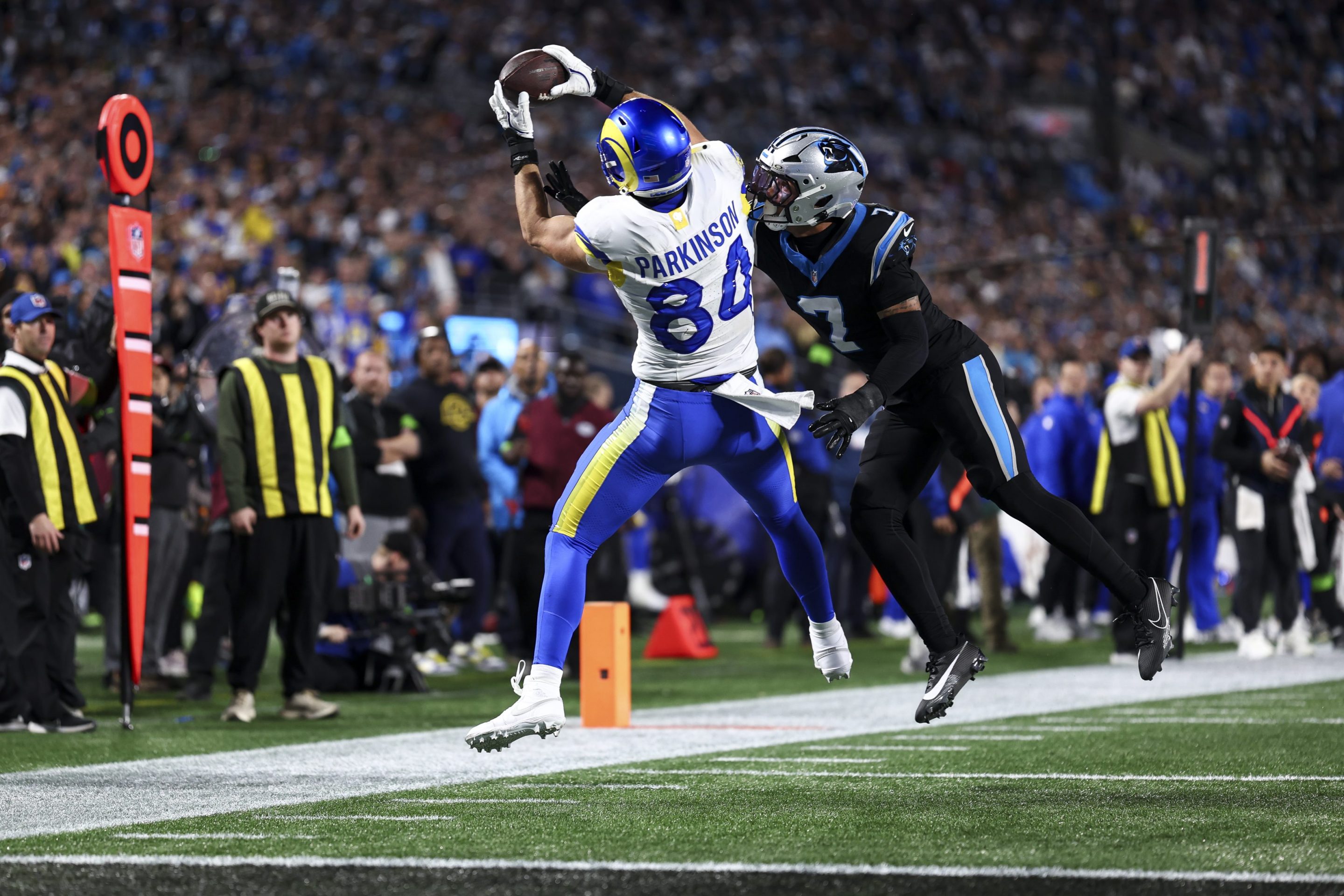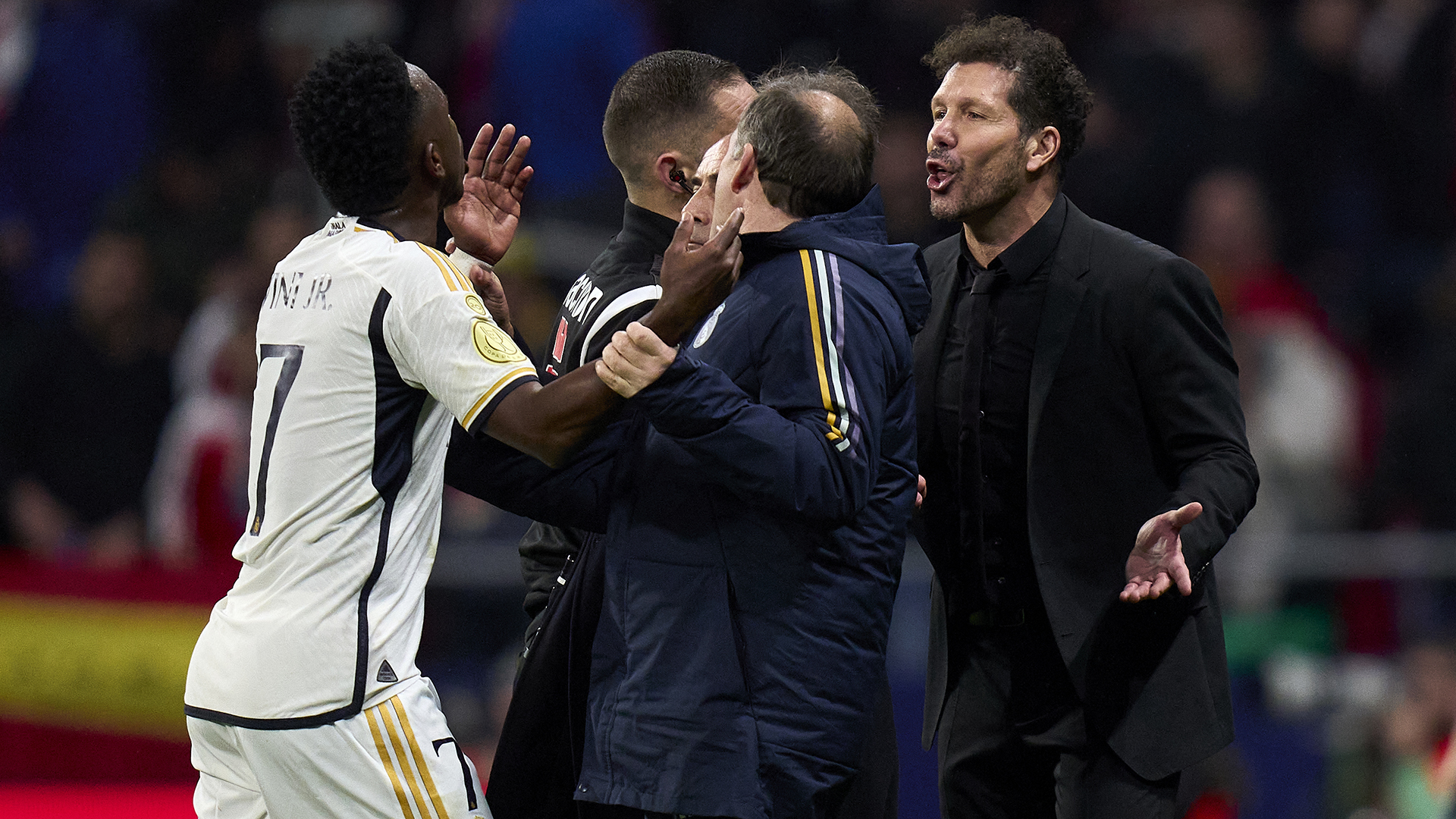Defector has partnered with Baseball Prospectus to bring you a taste of their work. They write good shit that we think you’ll like. If you do like it, we encourage you to check out their site and subscribe.
This story was originally published at Baseball Prospectus on October 25.
One of the pleasant facets of postseason baseball is that a contest of two evenly matched, quality ballclubs tends to draw focus to the finer points of the game. It allows fans to obsess over managerial decisions that ordinarily dissipate after late-summer postgame conferences, or get excited about the platoon advantage. The philosophy of every little thing is one of the best things about this time of year; it gives championship baseball not just drama, but a feeling of difficulty and mastery.
In Game 5 of the World Series, the obvious little thing was baserunning. Yes, it had Max Muncy’s Still Life with Home Run Reaction, and Tyler Glasnow’s opposite-of-effortless 100 mph fastballs. But many of the most exciting moments of the game revealed themselves on the basepaths, and a couple of major issues revealed themselves too.
One of the unpleasant facets of postseason baseball is a natural result of its pleasant facet: The amplification of minute (physical or probabilistic) forces stretches the game of baseball beyond what its rules are reasonably capable of anticipating. The rise of replay, inevitable since its suggestion on the shores of other sports, did nothing to improve this; at a cost of tempo, it provides precision without providing accuracy. Still, we demand it, because fans want every call to be exactly right, when their own conception of right is not, as it turns out, that exact.
It’s important to stop here and say we don’t have to, of course. It’s fully possible, and perhaps even preferable, to abandon precision and allow baseball to develop a patina of chaos, to live with human umpires ruling by the spirit, rather than the letter, of the law. But if there’s to be a wave of public opinion away from replay, it hasn’t happened yet. And so all that’s left is to demand consistency. If we want precise, controllable judgments, we need precise, explicit rules. Several times this game, we ran into dangerously gray areas.
Three baserunning plays came down to a near-invisible level of exactitude, although only one actually did go to replay. Those plays revealed three problems with our idea of what is right, exactly when we need it most.
The Tag
First, some rules:
Rule 2.00: A TAG is the action of a fielder in touching a base with his body while holding the ball securely and firmly in his hand or glove; or touching a runner with the ball, or with his hand or glove holding the ball, while holding the ball securely and firmly in his hand or glove.
Rule 5.06(a)(1): If in the judgment of an umpire, a runner is pushed or forced off a base by a fielder, intentionally or unintentionally, at which the runner would have otherwise been called safe, the umpire has the authority and discretion under the circumstances to return the runner to the base he was forced off following the conclusion of the play.
7.08 Any runner is out when— (c) He is tagged, when the ball is alive, while off his base.
It was a terrible slide. You could see the evidence of the adrenaline the moment Austin Barnes left his feet, so powerful that it transformed him, for just a moment, into something other than a catcher. As he barreled into the bag, ahead of the glove of Rays shortstop Willy Adames, there was just too much kinetic energy. Barnes propelled off the bag, the glove held its contact against his leg, and he was out. Easy call.
Except there’s a problem here: In the replay, it was evident that in tagging Barnes, Adames supplied his own energy to the equation, imparting force onto the runner’s leg before it could be ejected from the bag of its own will. A tag is contact between ball and runner; it has nothing to say about how forcefully that contact is applied. Did Adames’ tag push Barnes off the base? It’s impossible to tell. But this is the World Series. “Impossible to tell” isn’t good enough.
It’s less than palatable to the fans who lived through the definition of a catch during the dark weeks of the transfer rule, but we need to have a discussion on the definition of the tag. As it stands, the outcome of a forceful tag is the judgment call of the umpire; that’s fine independently, but inconsistent with the entire direction of MLB’s umpiring philosophy the past 15 years.
There’s a solution for all this, something that avoids any future messiness over kinetic energy: Defining the tag as the rulebook defines it, rather than how literally everyone on the field and on the stands defines it. A tag, as written, is an action. It is the act of touching a player with the ball. It is not the maintenance of that contact. If a runner is out when he is tagged while off base, this would not qualify. Barnes was tagged while on base. In order to be out, that first tag must be completed, contact released, and a new tag be applied after he leaves. The force of the tag no longer matters. A base reached is reached.
The Slide
The bottom of the fourth gave us an opportunity to review these ideas. Manuel Margot stole second and, after Chris Taylor muffed the throw from Barnes, watched peacefully as it trickled into the grass before finally taking third. Despite his reverie Margot beat the throw, but he too lost contact with the base as Turner applied a late tag. America was rewarded with three minutes of replays over a play that, prior to its existence, would never have been challenged or even really considered.
We saw this collision with the invisible with the transfer rule and sensibly rejected it; for some reason, we refused to do the same with baserunners. The runners have had it hard enough. Fortunately, the safe call was upheld.
The Tag (Again)
Margot offered little time to reflect, allowing exactly one pitch to Kevin Kiermaier before breaking for home on a pure steal. Muncy yelled; Clayton Kershaw, his arms upraised, stepped back off the mound and fired home. Barnes lunged; Margot spilled forward, his helmet flying off, one gloved hand twisting to the side. The call at the plate was out. The replay was a pile of dust and limbs, hardly parsable even frame-by-frame. Not that the fans could; since it was the third out, they received one replay and then the game cut to commercial.
(An interesting phenomenon almost occurred: Margot’s helmet had come off mid-slide and fallen forward, very nearly blocking the tag as he reached in. If it had, it would have created yet another headache. Rule 2.00 defines a player’s equipment to be part of their person, but it’s assumed (though not written) that said equipment must be attached; if a helmet flies off in a rundown, a fielder can’t just walk up and tag it on the ground. Likely, this would have resulted in a fair and non-controversial judgment call by the umpire, but again this creates a disparity: If we want judgment calls, let the umps make them on everything and live by them, not selectively. Fortunately, we were saved this particular argument, hopefully for all our lifetimes.)
It revealed a second problem with replay and tags: It doesn’t handle them very well. The catch, the hit, even the close play at first, these are all easily reviewed, because they’re a matter of yes/no states. You can see the foot hit the bag and the ball hit the leather. They go from one thing to another. But the tag is often a three-dimensional thing rendered on a two-dimensional screen, at best synchronizing two angles into a hellish stereoscope. That’s why from one angle a tag can look certain and, by another, completely missed. They are gradients.

Fortunately, the call was right. While supple leather gloves make for terrible camerawork, hands are nice and accurate, and as Barnes reaches forward to tag Margot, the bare hand of his two-handed tag grazes the arm of Margot. You can see the impact on the flesh. And that, ultimately, is what we need to have indisputable evidence of a tag: the evidence of the equal and opposite reaction of the tagged upon the tagger. Not only that, but we need that language in the rulebook, along with all applications of replay. At times like these, there can be no doubt.
The broadcast team soon relayed that Margot’s attempted steal of home was the first in the World Series since 1991. John Smoltz, who was there, struggled to remember it, and with good reason: Shane Mack was caught halfway on a failed squeeze attempt and run down handily. But the trivia of the moment belied how sad a fact it was. We shouldn’t have to go 30 years between one of baseball’s most exciting moments in its most crucial settings.

Those with long memories will remind that baserunning, like all things in baseball, is cyclical; that the 1950s offered baseclogging offenses that would put the modern era to shame. But postseason baseball, even a World Series that pits two of the most analytically advanced franchises, magnifies the intangibles that remind us of earlier times. Baserunning is fun, and the sport as entertainment is better off when it has more of it.
The systems of the game are trying to undermine that public good. Clearly, as was true in the 1950s, the rise of the home run makes a runner on first as good as one on second. But there are other, more subtle forces as well: The rise of the catcher as defensive specialist. the extinction of the bench bat, the disappearance of the indifferent, high-kicking pitcher: All these things have chipped away at the value of stolen base. And then on top of all of these factors, we have the cameras, which have harmed the runners more, on average, than they’ve harmed the taggers.
When Margot broke for home, the initial reaction was that it was a dumb move, and the results (barely) reinforced that gut take. But it shouldn’t be a dumb move, because baseball should reward that behavior. It’s not just exciting baseball in the present tense, it’s exciting in the future tense: a game where bases can be stolen, even home, is a game with richer anticipation and tension. Margot read Kershaw, read the moment, and acted upon it. Results or even truth be damned, it was a wonderful instant. Fortune should be allowed to favor the bold.






